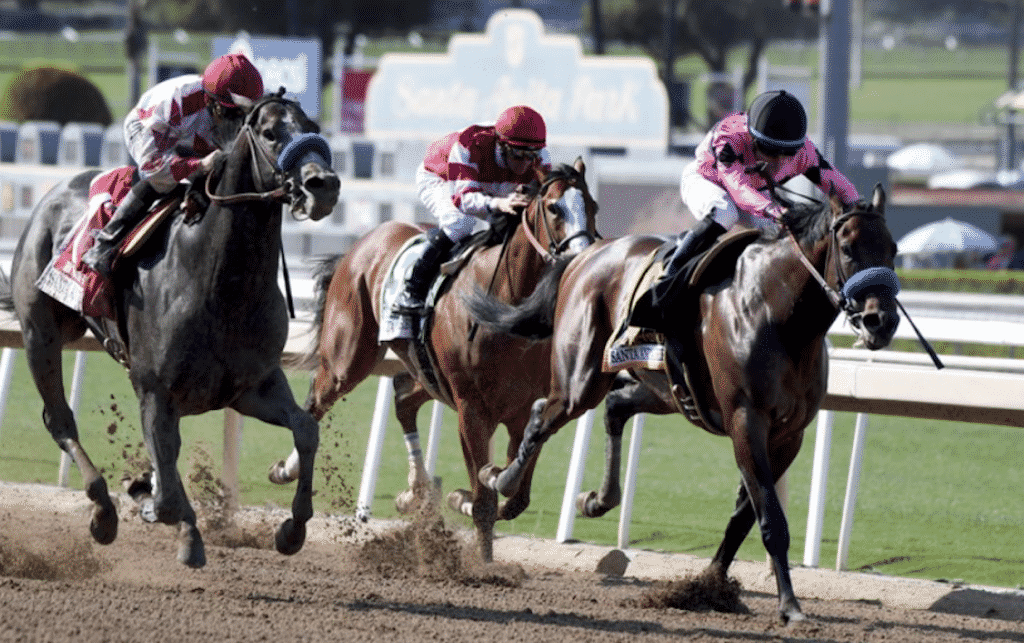If you attend horse races frequently, you will have noticed those brightly coloured tops that the jockeys wear. Those colourful, lightweight jackets are called silks – although many modern ones are made from satin, lycra, and nylon instead of real silk. The tradition of wearing silks can be traced as far back as 500 years ago, and many of the original reasons for wearing silk still hold today, some of which are listed below.
Distinguish Themselves From Competition
Silks come in various designs and colours that are undoubtedly essential elements in the sport of horse racing. Coloured silks reportedly made their first recorded appearance in Italy during the Middle Ages. Riders in this ear chose brightly coloured outfits to stand out from their competitors. Initially, all jockeys wore the same colour, so it was challenging to distinguish them from afar as a spectator. However, as time progressed and betting on horse racing became more widespread, jockeys were instructed to wear unique silk jackets to make them easily identifiable for their races’ spectators. As such, silks make watching horse racing much more fun, as it’s easier to spot the horse you have backed throughout the race. The idea still stands today, as distinguishing oneself from their opponents is undoubtedly the most fundamental reason modern-day jockeys continue to wear silks. Getting involved in the fun of tracking the horse/jockey you bet on, there are free bets from various different companies that you could get involved with.
Represent The Horse’s Owners
Besides the bridle and the reins, silks are the only thing that jockeys don’t directly own. Racehorse owners are typically responsible for selecting the colours and patterns of the silks that their riders wear during races. These owners, who could be a single owner or a syndicate, are also responsible for registering their silks. This way, they can confirm that the design is unique and isn’t already assigned to someone else, allowing them to create something of a personal brand for their riders. Therefore, they choose colours, patterns, styles, and styles that have personal meaning to them, like a family crest. Silks are worn by riders to announce the horse owner silently, and they become readily recognizable to racegoers and other spectators after more and more races. As a general rule, two jockeys can’t wear silks of similar design and colour. When one owner has more than one runner in a race, they will typically bring several sets of skills to the race. Also, there will always be something that distinguishes the horses, like a different coloured helmet.
Easier For Commentators To Differentiate Between Racehorses
Much like general spectators, the race commentators also need a way to differentiate between racehorses easily. Therefore, jockeys wear silks that race commentators must familiarize themselves with, no matter how many participants there are in a particular race. By knowing all the various riders’ silks off the top of their heads, commentators can monitor and report on the races no matter how intense they are. In simple terms, the commentators’ knowledge of the multiple riders’ silks makes it possible for them to deliver race commentary more effortlessly.

